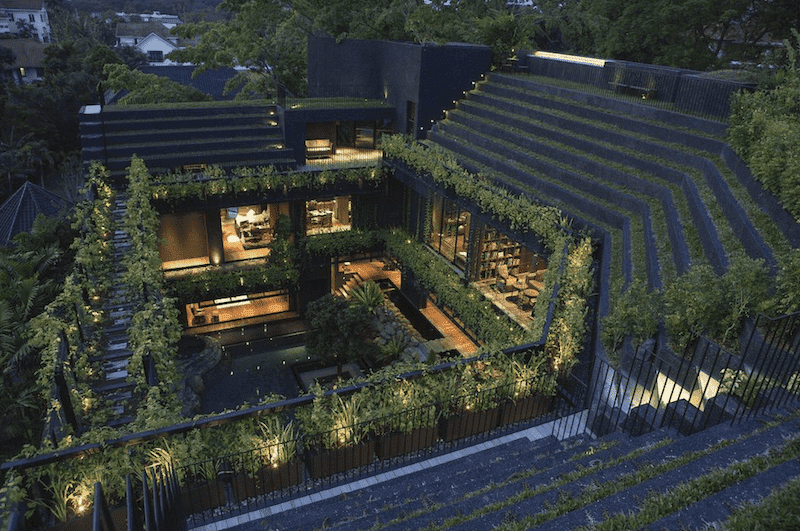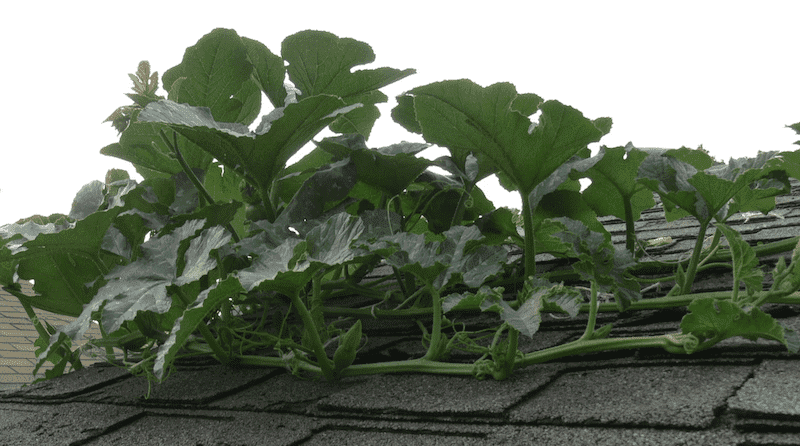Food Islands: Transforming Residential Properties into Edible Landscapes
In the evolving world of urban agriculture, a new concept is taking root: Food Islands. These are not remote landmasses in the ocean, but a revolutionary way to transform residential properties into lush, edible landscapes. The idea is simple yet transformative: every inch of a property, from the backyard to the front porch, is converted into a space that grows food.
Agroforestry at Home
Food Islands incorporate the principles of agroforestry, blending fruit and nut trees into the residential landscape. Imagine walnut, apple, and cherry trees providing shade and fresh produce right outside your door. These aren't just functional; they're also aesthetically pleasing, creating a serene and bountiful garden atmosphere.
The Use of Vertical and Horizontal Trellises
The exterior walls of homes in Food Islands are not just structural; they are functional growing spaces. Trellises line these walls, supporting climbing plants like tomatoes, pole beans, and even flowers. This not only maximizes space but also adds a unique beauty to the property. Independent trellises are scattered around, allowing plants like indeterminate tomatoes and cucumbers to grow vertically or horizontally, respectively.
Crop Circle Gardens: Growing vegetables, herbs and flower in the sun and shade spaces of a yard
Innovatively designed Crop Circle Gardens are a hallmark of Food Islands. These gardens are scattered throughout the property, including in traditionally unused spaces like side yards. They are specially designed to maximize space and yield, creating a continuous supply of fresh produce.
Transforming Homes into Thriving Ecosystems
The concept of Food Islands goes beyond just growing food; it's about transforming a home into a self-sustaining ecosystem. Every element, from the trellises to the bee hives, works in harmony, creating a cycle of growth, pollination, and harvest. This approach not only provides residents with fresh produce but also fosters a deeper connection with nature and an understanding of sustainable living.
The Future of Urban Agriculture
Food Islands represent the future of urban agriculture. They are a testament to the ingenuity and resourcefulness of homeowners looking to make the most of their space. As more people embrace this concept, we could see a shift in how residential properties are designed, with a greater focus on sustainability, self-sufficiency, and harmony with nature.
Food Islands are more than just a gardening trend; they are a lifestyle, a philosophy, and a blueprint for the future of residential living. As these islands of sustainability continue to grow, they offer a glimpse into a world where every home is a source of nourishment, both for its inhabitants and the environment.
In addition, Food Islands represent an opportunity to create a lucrative business growing fresh produce for your community.
A New Approach to Community Support
Even the roofs are not left untouched. In Food Islands, the sloped roofs of homes are used to grow vine crops like melons, watermelons, cantaloupes, honeydew, and squash. This not only utilizes every possible space but also adds an element of visual interest to the homes.
Food Islands transform residential properties into more than just sources of nourishment for their inhabitants; they become catalysts for community building and support. By sharing their bounty, these edible landscapes can provide fresh produce to those in need, educate residents about sustainable living, and foster stronger, healthier communities.




.png)
.png)
.png)

.png)